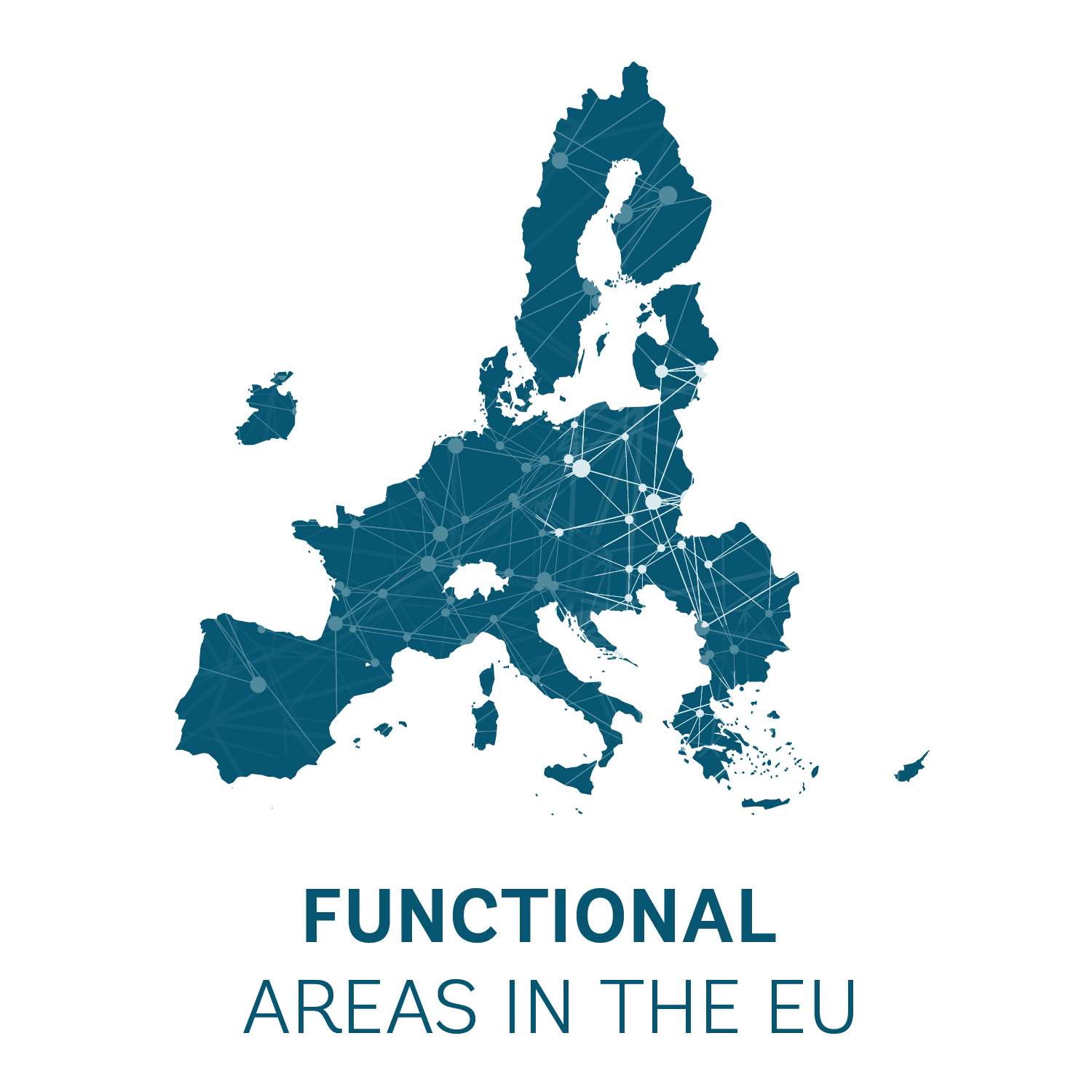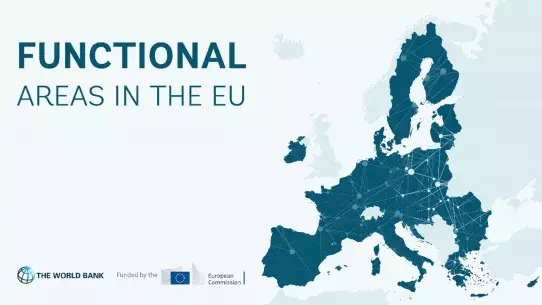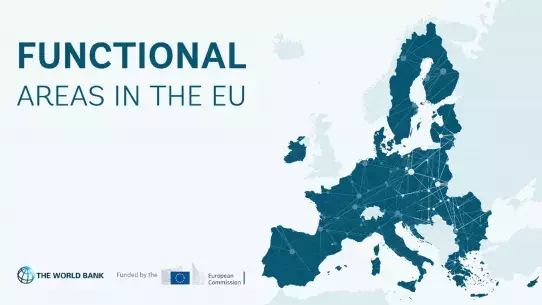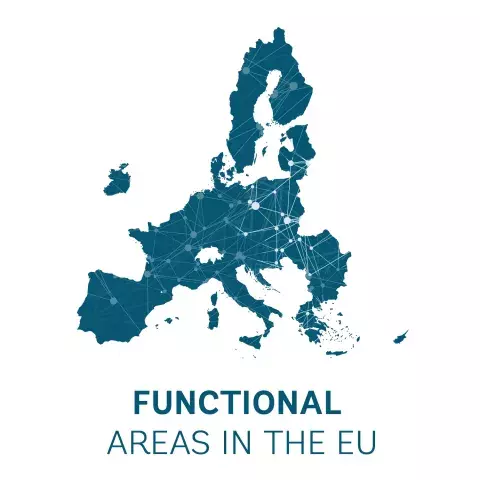
GREEN MOBILITY ChallengeAfter 2005 the suburbs of Cluj-Napoca experienced an intensive urban sprawl phenomena. The best example is the Commune of Florești, where the number of inhabitants jumped from 7,500 in 2002 to approximately 70,000 in 2022. The daily commuting flows associated with this rapid growth put a huge pressure on the poor transport infrastructure inherited from the communist period, making the road between Cluj and Florești the most congested in Romania (a daily mean of 74,000 cars). The traffic jams were aggravated by the lack of an integrated public transport system at metropolitan level. Before 2013 different private companies provided such services in unsatisfactory conditions in terms of schedule, fleet status or integration with the city public transport network. SolutionCluj-Napoca was one of the first metropolitan areas in Romania to decide in 2013 the establishment of a public transport association, by reuniting the city itself and 5 communes within the first ring of suburbs (two more communes joined the association later). The Cluj Public Transport Metropolitan Association, based on the voluntary decision of its members, is now in charge of organizing, regulating, exploiting, monitoring, and managing the public transport services at the metropolitan level, based on a common strategy. A total number of 26 metropolitan bus lines operated by the public transport company owned by the Municipality of Cluj, namely CTP S.A., are connecting the city with the seven communes around it. The configuration and frequency of each route is decided by the public transport operator and the local administrations. The main benefits of the metropolitan public transport lines is the quality of services provided to citizens (fleet, schedule) and the integration with city routes (same stations). The current fleet used to serve these lines is owned by the Municipality of Cluj-Napoca and the public transport company under its authority. Over half of this fleet is already electric (tramways, trolleybuses and electric buses) and fully equipped with modern GPS, video monitoring and e-ticketing equipment. The subsidies for the lines that cover less populated areas are covered together by the City and the communes from their local budgets. The extension of the metropolitan transport system to all of the 19 communes that are part of Cluj Metropolitan Area Intercommunal Development Association has been limited so far by the insufficient bus fleet of the operator and the financial burden of the subsidies that have to be covered by each Commune. In 2022, the Municipality of Cluj-Napoca and the Commune of Florești agreed to submit together a project for purchasing 18 electric buses and 47 charging stations under the National Recovery and Resilience Plan. The total investment will reach €18 million and is part of a broader strategy to replace the entire public fleet with sustainable vehicles by 2028. The Commune of Florești has additionaly additionally submitted a project to build 8 modern public transport stations, similar to the ones in Cluj-Napoca, with dynamic electric panels for passenger information and e-ticketing facilities. The priorities for the 2021-2027 programming period include the extensions of public transport services to other communes in the metropolitan area, including dedicated public transport lanes on main roads, replacing the entire fleet with electric vehicles and modernizing the public transport infrastructure (stations, e-ticketing). Cluj-Napoca will also be the first city in Romania to introduce hydrogen-based and autonomous buses. Other best practices Tourism, culture and brandingHarnessing the Untapped Potential: The All-Season Tourism Masterplan for Jiu ValleyJiu Valley & Jiu ConurbationContinue reading Best Practices | Urban regenerationUrban-rural linkages: regeneration of public spaces in the Cluj Metropolitan AreaCluj-Napoca Metropolitan AreaContinue reading Governance | Strategic planningIntegrated Development Strategy of Brno Metropolitan AreaBrno Metropolitan AreaContinue reading 12Next
About this resource
In 2021, the European Commission launched a pilot project to improve functional area approaches in the EU and has partnered with the World Bank to implement this initiative. As part of the project, the project team collaborated with 12 functional areas from seven EU countries, providing them with tailored technical support and assistance: Zagreb Urban Agglomeration (Croatia), Brno Metropolitan Area (Czech Republic), West Athens (Greece), Lake Balaton Area (Hungary), Kalisz-Ostrów Agglomeration, Kraków Metropolitan Area (Poland), Jiu Valley and Jiu Conurbation Functional Area, Caraș-Timiș Functional Area, Cluj Metropolitan Area, Oradea Metropolitan Area, West Ialomița Functional Area (Romania), and Trenčín Functional Area (Slovakia).
Similar content




